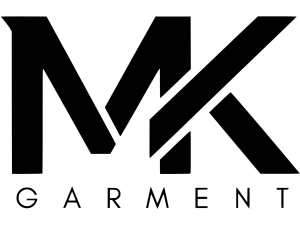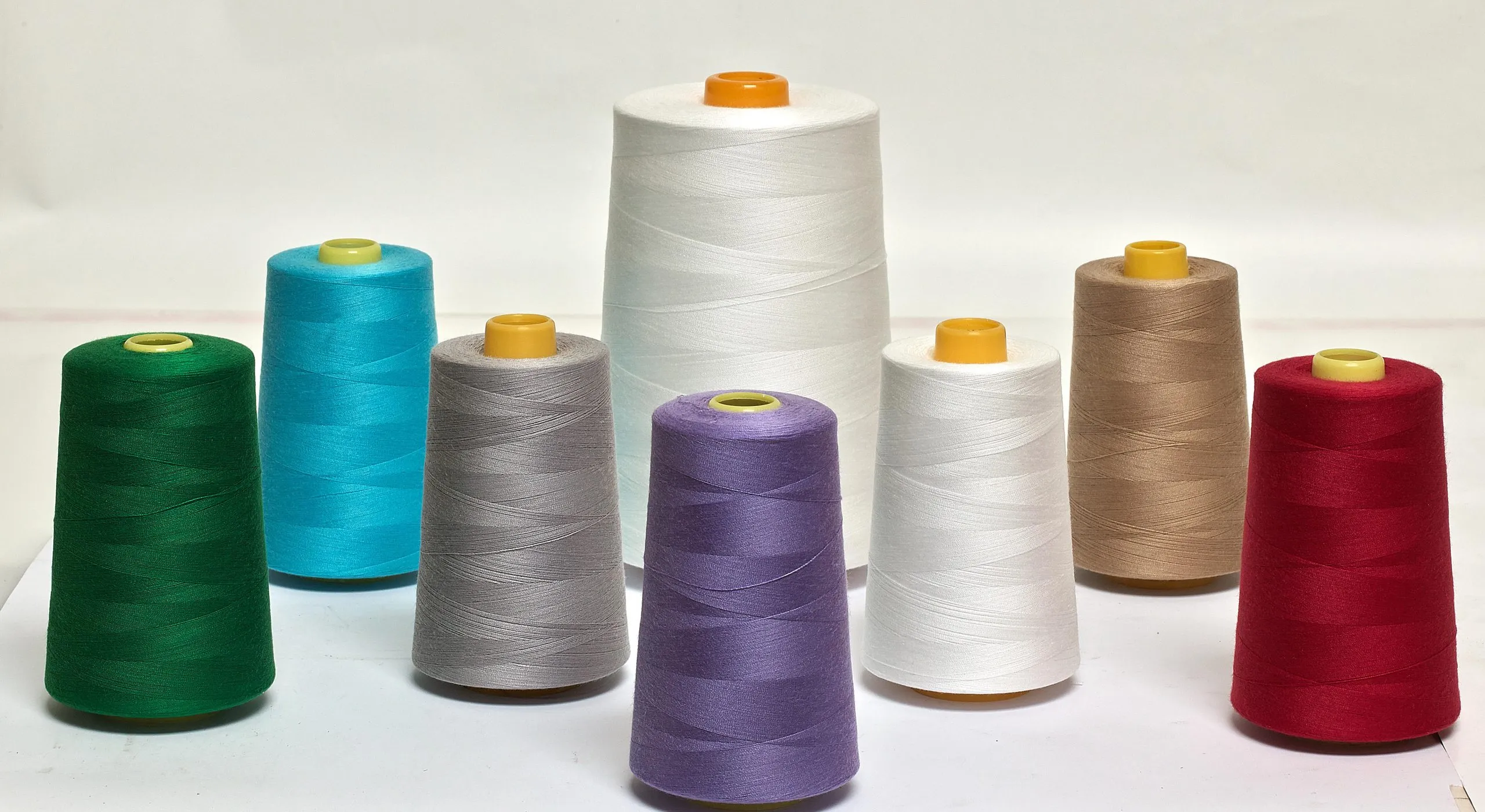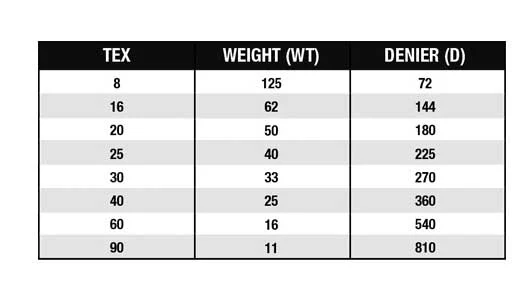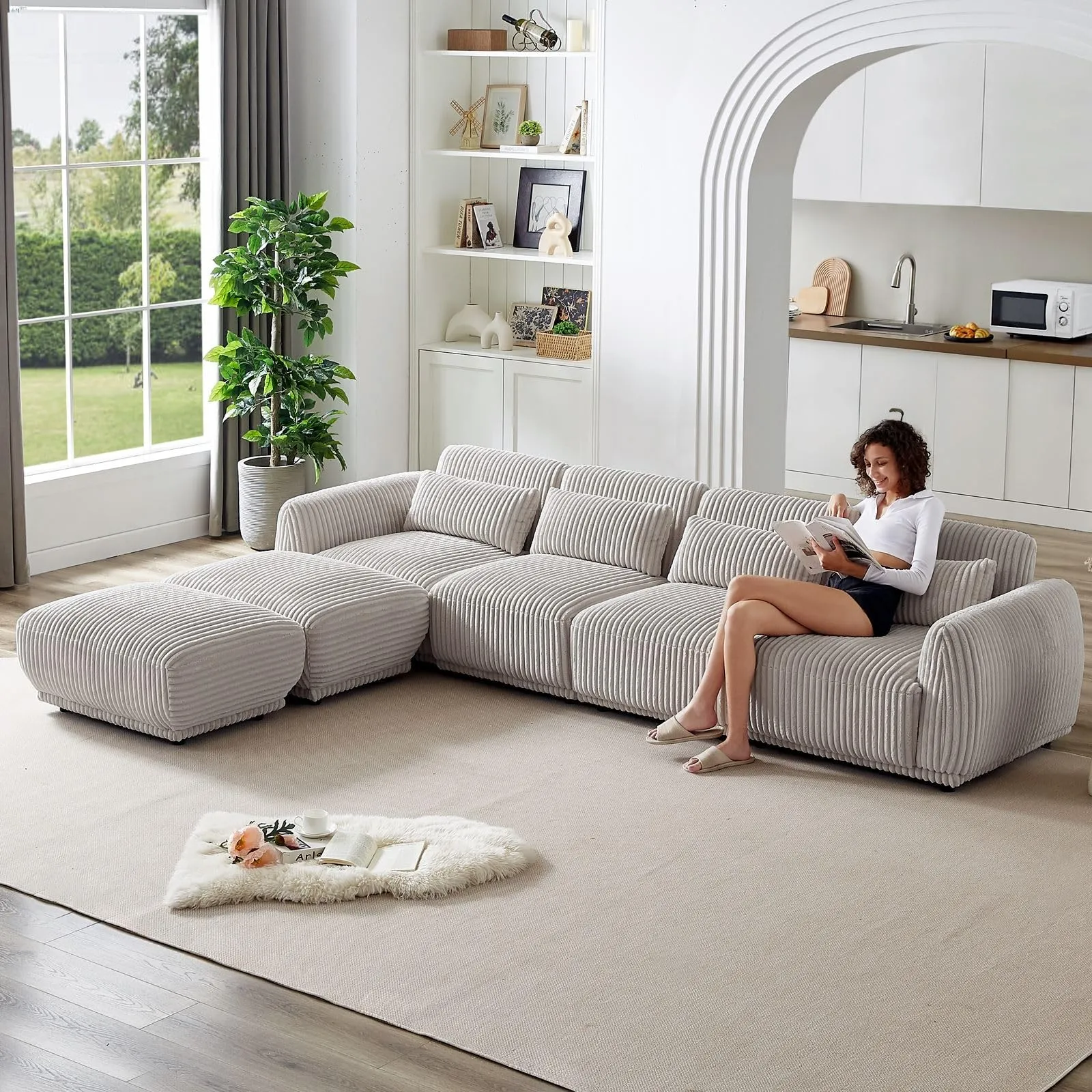
Most often recognized by its soft, ridged wales, corduroy offers you tactile warmth, structural durability and versatile style; made primarily from cotton or blends, it supplies varied wale widths, dye options and functional finishes suited to trousers, jackets and upholstery, letting you balance nostalgia with modern performance.
What is Corduroy Fabric
Corduroy fabric is a woven textile known for its distinctive ridged or “corded” surface. The ridges called wales give it texture, structure and a tactile character. Typically, corduroy is made of cotton, cotton-poly blends, or sometimes wool, and dyeing gives it a wide range of colours

Technical Specifications & Structure
Corduroy is one of the most recognizable fabrics in the world because of its soft, ridged surface and warm feel. Its texture, made of raised parallel lines called wales, gives the fabric both character and durability. Though it has roots in ancient textile traditions, it remains a staple in modern wardrobes and home décor. People love corduroy for its mix of comfort, strength, and timeless charm that fits casual and vintage styles alike.
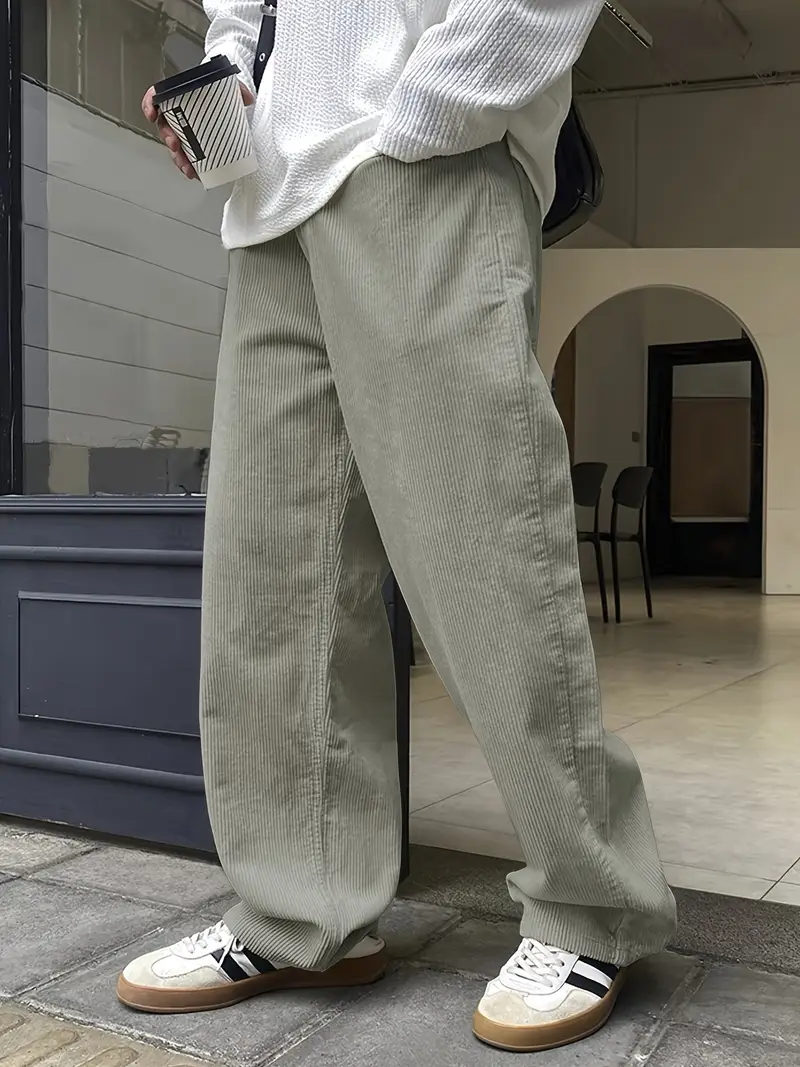
To understand corduroy, it helps to know how it’s built. The fabric is woven with three sets of yarns: two create the base weave, and the third forms loops that are later cut into ridges. These ridges, or wales, define the look and feel of each piece of corduroy — finer wales feel soft and sleek, while wider wales feel thick and rugged. Every detail, from the yarn count to the fibre blend, influences breathability, warmth, and flexibility. Here are key aspects when you evaluate or specify corduroy:
- It is woven using three yarns: two that form a plain or twill ground, and a third that is inserted to create the pile/fibre that will be cut to form the ridges.
- The ridges (wales) are produced when the pile yarn floats over a number of warp yarns, then is cut.
- The “wale number” describes how many ridges (wales) are in one inch of fabric: fewer wales = thicker ridges; more wales = finer ridges. For example, a standard corduroy might have ~11-12 wales per inch.
- Breathability, moisture-wicking, stretchability and heat retention vary depending on base fibre (cotton, wool, synthetic) and construction. For example: breathability is “medium”, stretch is “low” unless stretchy fibres are added.
A Brief History
Corduroy has traveled a long road from the ancient world to today’s fashion runways. It began as fustian, a heavy, ridged cloth used in Egypt nearly 2,000 years ago. Over time, England refined it into the corduroy we know, loved for its velvet-like appearance at a lower price. Once nicknamed “the poor man’s velvet,” it later became a symbol of casual elegance, especially in the 1970s, where it stood for individuality and comfort. The origin of corduroy can be traced back to an ancient fabric called fustian, developed around 200 AD in Egypt, which also featured raised ridges.
- The modern form of corduroy was developed in England in the 18th century.
- The name “corduroy” has uncertain etymology. A popular but likely incorrect story is that it comes from the French corde du roi (“cord of the king”), but historical support is lacking. It may derive from the British term kings-cordes or a surname Corderoy.
- By the 19th century, velvet had largely replaced corduroy among elites, and corduroy earned the nickname “poor man’s velvet”.
- In the 20th century: During WWI, corduroy was used in military uniforms and school uniforms. It fell out of fashion in the 1950s, then had a revival in the 1970s becoming linked with working-class aesthetics, “groovy” style, and bands like Grateful Dead.

Today, while it might not enjoy constant cult status, it remains valued for durability, texture and a slightly nostalgic yet versatile aesthetic.
Types & Variations
You’ll find corduroy divided by wale count, fibre and finish: fine-wale (16–21+ wales/inch) for shirts, mid-wale (8–12) for trousers, and wide-wale (3–6) for jackets and upholstery; manufacturers often quote weights from 200–600 g/m² and finishes such as pigment dye or stonewash for vintage looks. Designers use stretch blends with 2–5% elastane for slim fits. After matching wale, weight and stretch you can pick the right variant for your product.
- Fine-wale: lightweight, 16–21+ wales/inch, shirting and tailored pieces
- Pinwale: very fine, soft hand, often used in children’s wear
- Mid-wale: classic 8–12 wales/inch, versatile trousers and jackets
- Wide-wale: 3–6 wales/inch, bold texture for outerwear and upholstery
- Stretch/blend: 2–5% elastane, modern fit and comfort

| Fine-wale | 16–21+ wales/inch; 200–260 g/m²; shirts, lightweight blazers |
| Pinwale | 15–18 wales/inch; very soft; children’s wear, delicate styles |
| Mid-wale | 8–12 wales/inch; 300–400 g/m²; classic trousers and jackets |
| Wide-wale | 3–6 wales/inch; 400–600 g/m²; casual outerwear, upholstery |
| Stretch / Blends | 2–5% elastane common; improves mobility; used in slim-cut garments |
Uses & Applications
Corduroy is loved for its versatility. In fashion, it brings warmth and structure to jackets, pants, overalls, and skirts. For children’s clothing, it’s a go-to fabric because it’s durable yet soft. Beyond apparel, it also appears in furniture upholstery, cushions, and bags — adding a cozy, textured look to everyday items. Corduroy is used across apparel and furnishings:
- Apparel: Historically used for workwear, uniforms, overalls (dungarees), trousers, jackets. Even now it’s quite common for pants and jackets since the ridged texture adds visual interest and durability.
- Children’s clothing: Because of its durability and texture, corduroy is often used in kids’ trousers, jackets etc.
- Home & upholstery: Couches, chairs, cushions have used corduroy. Though less common in modern cars, older vehicles used corduroy upholstery.
- Other accessories: Bags, caps and hats have also been made of corduroy.

Final Word / Conclusion
Though once considered a working-class fabric (“poor man’s velvet”) in the 19th century, corduroy has enduring appeal. Its textural surface gives garments visual depth, while its inherent durability makes it practical. In a world increasingly seeking tactile and “real” materials, corduroy offers both sensory quality and nostalgia. Furthermore, for brands and manufacturers, corduroy presents opportunities for differentiated products whether via fine-wale, wide-wale, pigment dyeing, or stretch versions allowing for variety in look, feel and functionality.

It remains a strong choice for garments that need both style and sturdiness: trousers, jackets, overalls, children’s wear as well as upholstery where texture elevates the piece. And as sustainability concerns increase, choosing natural-fibre corduroy with responsible production can align the fabric with modern values.
FAQs About Corduroy Fabric
What is corduroy fabric?
Corduroy is a woven textile characterized by parallel ridges called wales formed by a cut pile. It’s most often made from cotton or cotton blends, sometimes wool or synthetic blends, and is available in many colours through dyeing; the ridged surface gives it texture, structure and a tactile character.
How is corduroy constructed and what does “wale number” mean?
Corduroy is woven with three yarn systems: two forming a plain or twill ground and a third inserted to create the pile, which is then cut to form ridges. The “wale number” is the count of ridges per inch—fewer wales produce thicker ridges, more wales produce finer ridges (standard corduroy is often around 11–12 wales per inch).
What common types and variations of corduroy are available?
Common types include standard corduroy (~8–13 wales/in), elephant cord (very large ridges, ~1.5–6 wales/in), pinwale (very fine, up to ~21 wales/in), pigment-dyed corduroy (washed, uneven finish), spandex/blend corduroy (adds stretch), and related Bedford cloth with shallower, uncut pile.
What are the main uses and applications for corduroy?
Corduroy is used in apparel such as trousers, jackets, overalls and children’s wear for its durability and texture; in home furnishings—cushions, upholstery and older vehicle interiors; and for accessories like bags, caps and hats where tactile depth and sturdiness are desired.
How do fiber content and construction affect corduroy’s performance?
Base fibre and weave determine breathability, moisture-wicking, stretch and thermal properties: cotton offers medium breathability and warmth, wool increases insulation, synthetics alter moisture and durability, and adding spandex provides stretch. Construction (wale count and pile density) also influences hand, drape and heat retention.
How should corduroy garments and upholstery be cared for to maintain appearance?
Wash corduroy gently—cold or warm water, mild detergent, turn garments inside out, and avoid harsh bleaches; tumble-dry low or hang to dry to protect pile. Restore nap with a soft brush or steam, press on the reverse side if needed, and follow any manufacturer care labels for blends or pigment-dyed finishes.
